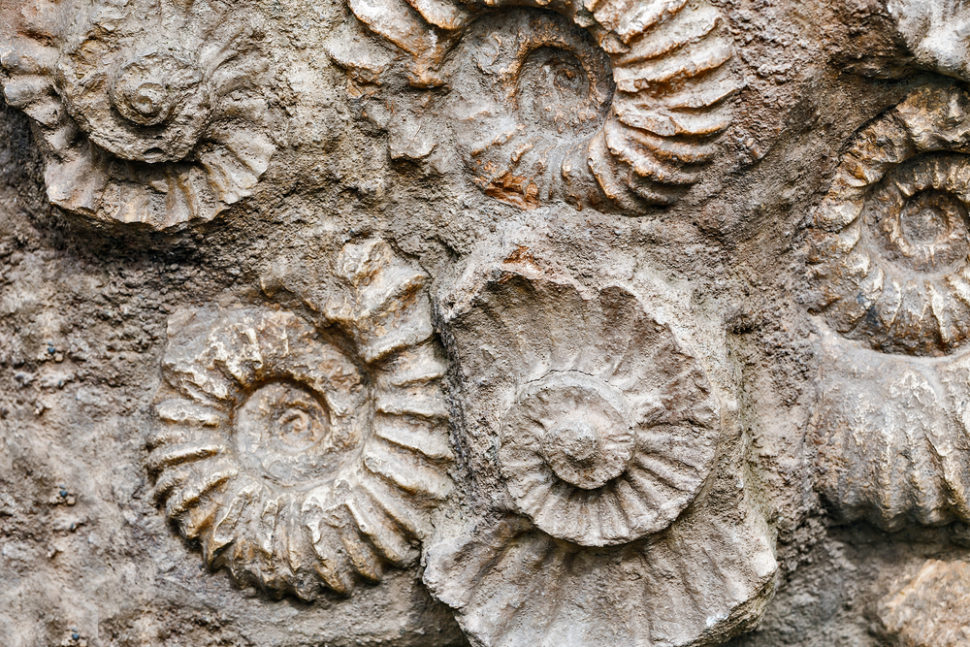De-extinction could well become a scientific discipline in the future in and of itself, as a new branch in zoology ― some call it resurrection biology.
Thanks to advances in biotech, now biologists, zoologists, and paleontologists are dreaming of one day being able to bring back extinct species.
Aside from reviving prehistoric animals and plants, resurrection biology may perhaps help us face upcoming mass extinction events. Mainly driven by human activities, the accelerating biodiversity loss is one of the 9 planetary boundaries that Earth is going beyond.
Cloning is one aspect of resurrection biology that’s most ahead in terms of progress benefiting from decades-long research and experimentation.
Since Dolly, scientists have cloned a wide variety of animals, such as monkeys, cats, dogs, rabbits, and horses.
Now, a group of scientists wants to clone an extinct horse species.
From Permafrost to Prairie: Resurrecting a 42,000-Year-Old Foal
As permafrost melts, due to global warming, researchers get access to elements that remained preserved and well hidden for tens or even hundreds of thousands of years deep under ice.
Several well-preserved fossils had already been found in the permafrost, but never whole bodies. Last year, a Russian-Japanese paleontological expedition discovered the carcass of a foal in “superb condition” in the Siberian permafrost.
This foal belongs to a horse species known as Lenskaya, or the Lena Horse, which lived in the region between 30,000 and 40,000 years ago.
Now, cloning experts want to bring it back, and they think they can.
Basically, to clone an extinct animal, the researchers extract a cell from the animal’s tissue, take the nucleus and swap it into an egg of the genetically closest living species.
For a two-week-old baby horse that lived more than 42,000 years ago, it’s in perfect shape.
It “has no damage to its carcass, even its hair is preserved, which is incredibly rare for such ancient finds.”
Now, they just need to find intact cells from the biological material they extracted.
A team from North-Eastern Federal University in Yakutsk (Russia) and the South Korean Sooam Biotech Research Foundation Paleontologists has been working on the extraction of viable somatic cells from the prehistoric foal to clone it.
Several months in, researchers say they “are confident of success of the project. The attempts will continue until the end of April this year.”
Although they extracted liquid blood and urine, they conducted more than 20 attempts, and all have failed so far.
Read More: Scientists Reactivate Cell of 28,000 Year Old Mammoth
Dr. Lena Grigoryeva, a member of the research team explains how an “attempt” goes:
“Cells are grown in a special nutrient medium. At first the material is milled and put in a CO2 incubator for a few days. Three to four days later the cells are checked and the nutrient medium is replaced.”
“There are seven researchers involved in the project on the Korean side and everyone is positive about the outcome,” Grigoryeva added.
Because they’re so confident they’d get viable somatic cells, researchers are already contemplating the horse species to use as a cloning mother.
They think that one Korean horse type “will fit in perfectly” because it’s already been successfully used in cloning.
Researchers are hopeful we’ll soon see the clone of the ancient Lena Horses that were grazing in the prairies some 40,000 years ago.



















Comments (0)
Most Recent